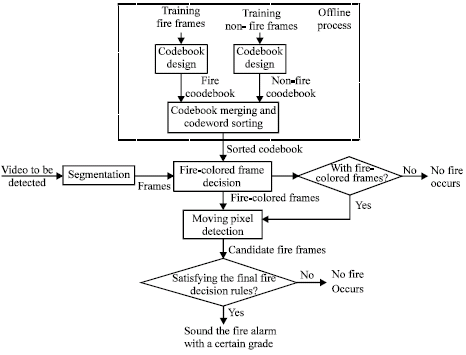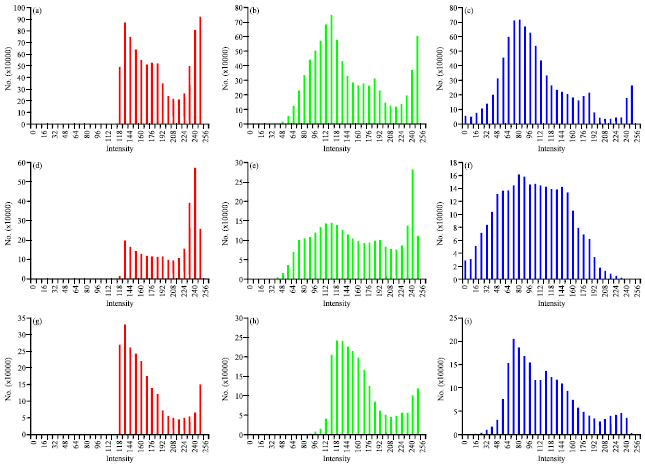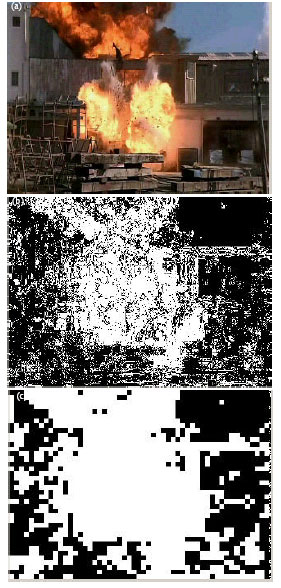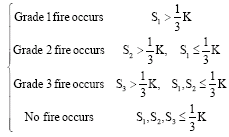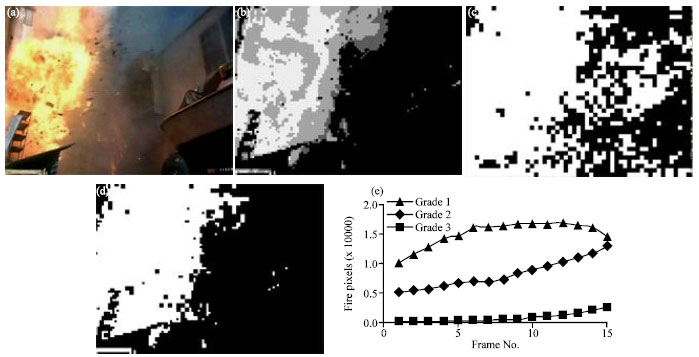Research Article
A Vector Quantization Based Automatic Fire Detection System
School of Aeronautics and Astronautics, Zhejiang University, Hangzhou, People�s Republic of China
Fa-Xin Yu
School of Aeronautics and Astronautics, Zhejiang University, Hangzhou, People�s Republic of China
Xiao-Lin Zhou
School of Aeronautics and Astronautics, Zhejiang University, Hangzhou, People�s Republic of China
Zhe-Ming Lu
School of Aeronautics and Astronautics, Zhejiang University, Hangzhou, People�s Republic of China









